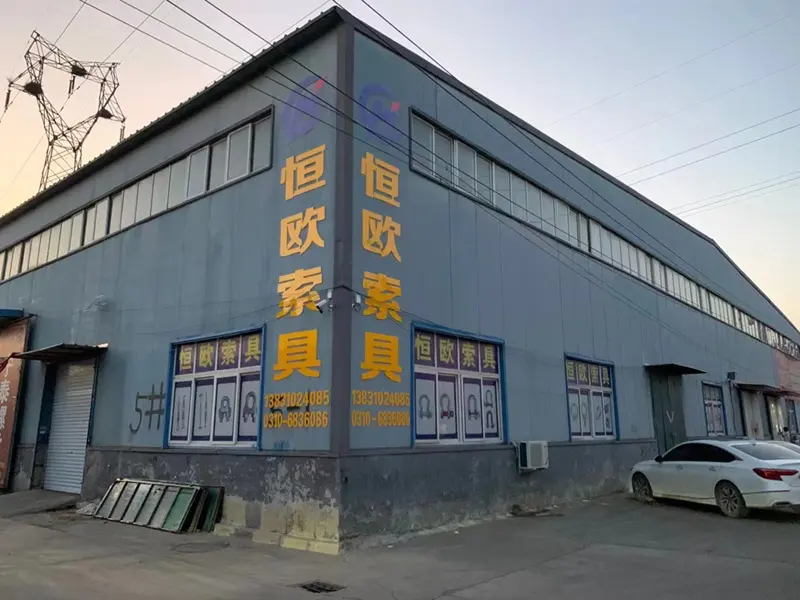
joulu . 31, 2024 04:53 Back to list
what is hydroxypropyl methyl cellulose
What is Hydroxypropyl Methyl Cellulose?
Hydroxypropyl Methyl Cellulose (HPMC) is a versatile and widely used cellulose derivative that has garnered significant attention across various industries, including pharmaceuticals, food, cosmetics, and construction. As a non-ionic polymer produced by the modification of natural cellulose, HPMC offers a range of beneficial properties that enhance product formulations, making it an essential ingredient in many applications.
Chemical Structure and Properties
HPMC is formed by the etherification of cellulose, which involves the introduction of hydroxypropyl and methyl groups into the cellulose molecule. The structure of HPMC contributes to its unique physicochemical properties, including solubility in water, thickening, stabilizing, and forming films. Depending on the degree of substitution of the hydroxypropyl and methyl groups, HPMC exhibits different viscosities and solubilities, providing versatility in its applications.
Applications in Pharmaceuticals
In the pharmaceutical industry, HPMC is commonly used as a excipient—an inert substance that helps deliver the active pharmaceutical ingredient (API). Due to its gel-forming ability, HPMC is often utilized in tablet formulations, where it acts as a binder, enabling the cohesive properties necessary for tablet integrity. Additionally, HPMC is employed as a controlled-release agent, regulating the release of drugs into the body over extended periods. Its bio-compatibility and non-toxicity make it a preferred choice for drug delivery systems, including ocular and topical formulations.
Role in Food Industry
HPMC's unique properties make it an effective food additive, functioning as an emulsifier, thickener, and stabilizer. In food products, it helps maintain texture, extend shelf life, and improve overall product quality. HPMC is used in gluten-free products to mimic the viscoelastic properties of gluten, enhancing the dough's texture and rise. Additionally, its ability to retain moisture improves the quality of processed foods, contributing to a more enjoyable sensory experience for consumers.
what is hydroxypropyl methyl cellulose

Cosmetic and Personal Care Products
In the realm of cosmetics and personal care products, HPMC acts as a thickener, emulsifier, and film-forming agent. Its ability to dissolve in water and create a stable gel makes it an ideal ingredient in lotions, creams, and gels. HPMC not only enhances the texture and stability of these products but also provides a smooth application experience. Furthermore, its film-forming properties allow for long-lasting formulations in products such as hair gels and styling aids.
Construction Industry Applications
The construction industry also benefits from the use of HPMC. It is commonly integrated into cement-based products to improve workability, adherence, and water retention. HPMC helps maintain the moisture levels required for optimal curing of cement, resulting in stronger and more durable structures. Its rheological properties enhance the performance of tile adhesives, mortars, and other construction materials, making it an invaluable component.
Safety and Regulatory Aspects
HPMC has been subjected to extensive safety evaluations and is generally recognized as safe (GRAS) by reputable regulatory bodies such as the U.S. Food and Drug Administration (FDA) and the European Food Safety Authority (EFSA). Its non-toxic and non-irritating nature renders it suitable for a wide range of applications without posing significant health risks to consumers. However, it is crucial that HPMC is sourced from reputable manufacturers to ensure quality and consistency.
Conclusion
Hydroxypropyl Methyl Cellulose is a multifaceted ingredient that plays a crucial role in various sectors, including pharmaceuticals, food, cosmetics, and construction. Its unique chemical properties, along with its versatility and safety, make it an indispensable component in countless formulations. As industries continue to evolve, the significance of HPMC is expected to grow, driven by the demand for innovative products that meet the diverse needs of consumers. Whether enhancing drug delivery systems, improving food texture, or contributing to construction materials, HPMC showcases the remarkable capabilities of cellulose derivatives in modern applications.
-
Versatile Hpmc Uses in Different Industries
NewsJun.19,2025
-
Redispersible Powder's Role in Enhancing Durability of Construction Products
NewsJun.19,2025
-
Hydroxyethyl Cellulose Applications Driving Green Industrial Processes
NewsJun.19,2025
-
Exploring Different Redispersible Polymer Powder
NewsJun.19,2025
-
Choosing the Right Mortar Bonding Agent
NewsJun.19,2025
-
Applications and Significance of China Hpmc in Modern Industries
NewsJun.19,2025







